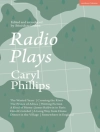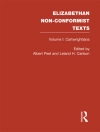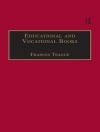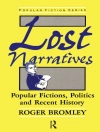Walter Pater’s ‘The Renaissance: Studies in Art and Poetry’ is a seminal work that intricately melds art criticism with literary aesthetics, embodying the spirit of the late 19th-century aesthetic movement. In this series of essays, Pater examines the interplay between visual art and literature during the Italian Renaissance, illustrating how the period’s creative vigor influenced modern sensibilities. His lyrical prose, rich in vivid imagery and philosophical reflection, invites readers to appreciate the nuances of beauty and emotion through a fresh lens, challenging conventional perceptions of art’s role in society. Pater’s insights into figures such as Leonardo da Vinci and Michelangelo demonstrate a critical engagement that transcends mere historical analysis, revealing the deep connections between art, culture, and the self. Walter Pater (1839-1894) was a pioneering critic, theorist, and essayist, whose work laid the groundwork for modernist critiques of art and literature. A key figure in the Aesthetic Movement, Pater’s own intellectual journey led him to explore the tension between artistic expression and moral concerns, significantly influencing contemporaries such as Oscar Wilde and Henry James. His pursuit of beauty as a vital aspect of the human experience finds expression in this work, where he reflects on the enduring legacy of Renaissance art in shaping modern identity. ‘The Renaissance: Studies in Art and Poetry’ is a must-read for anyone seeking a deeper understanding of the connections between art and literature. Pater’s compelling prose ignites a passion for aesthetic exploration, making this book a valuable addition to the library of scholars, artists, and casual readers alike. It not only enriches our appreciation for the Renaissance but also encourages a reflective engagement with beauty that resonates within our contemporary cultural landscape.
เกี่ยวกับผู้แต่ง
Walter Horatio Pater (1839-1894) was an influential English critic, essayist, and a notable figure in the Aesthetic Movement, a proponent of the pursuit of beauty and the elevation of form over content in the arts. Pater’s work, particularly ‘The Renaissance: Studies in Art and Poetry, ‘ originally published in 1873, has etched his place in the domain of literary and cultural studies. A scholar by education and profession, Pater studied at Oxford and later joined the faculty at Brasenose College, where he dedicated his life to academia and writing. In ‘The Renaissance, ‘ Pater examined the cultural movements of the 14th to 17th centuries, encapsulating his reflections on influential artists such as Leonardo da Vinci, Sandro Botticelli, and Michelangelo. Pater’s writing is characterized by a highly refined and poetic prose style, and his emphasis on the subjective experience of art has had a lasting impact on aesthetic philosophy and criticism. He advocated for a life of intense and immediate experience, famously culminating in the book’s conclusion with an exhortation to ‘burn always with this hard, gemlike flame.’ Pater’s exploration of hedonism, expression, and historical analysis has continued to resonate with scholars and readers, and his work remains a seminal text in the study of Renaissance art and the development of modern aesthetic thought.












